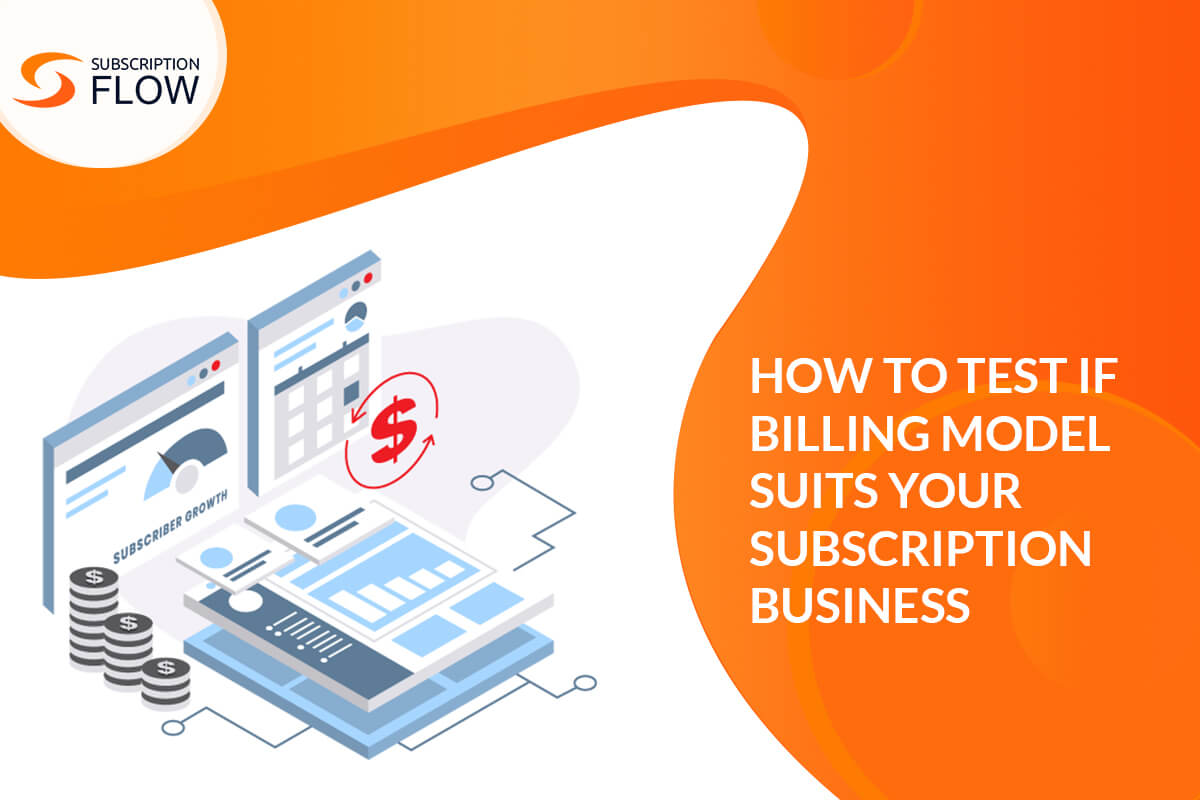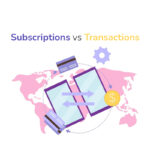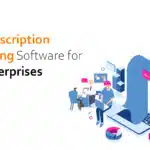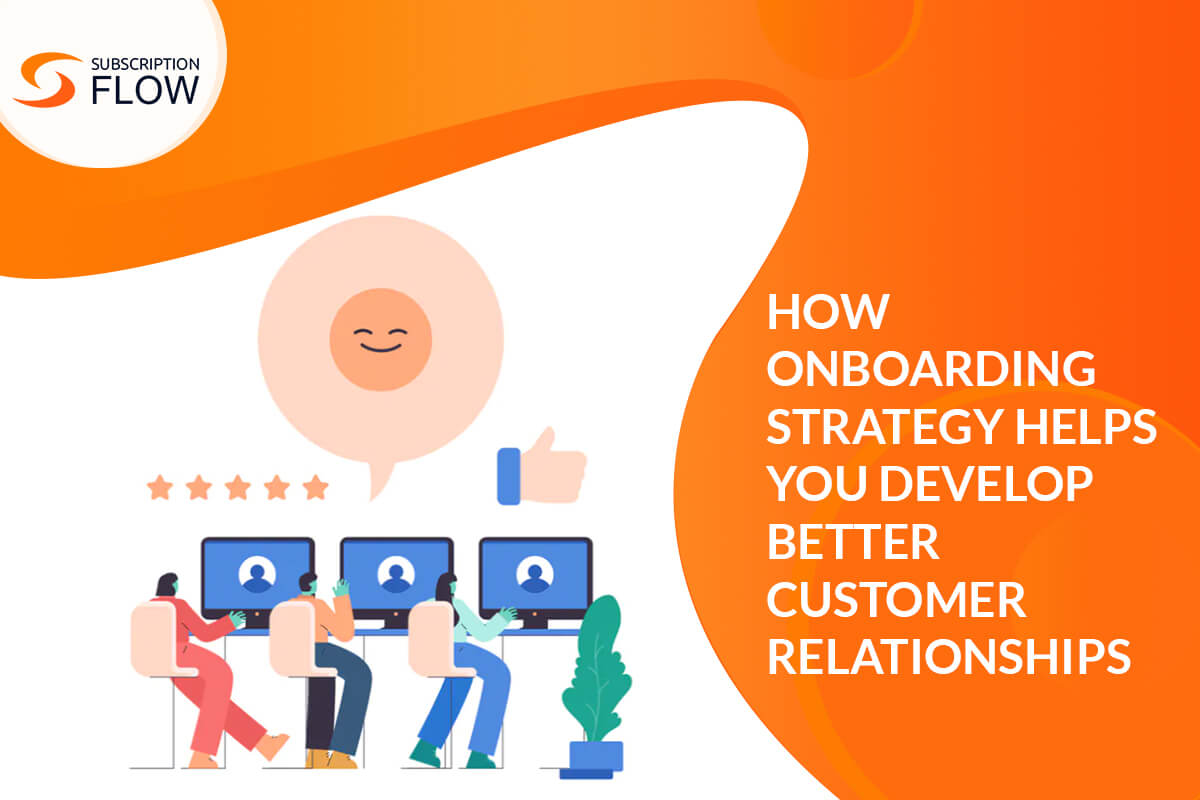
Indicators to Test If Your Pay-As-You-Go Billing Model Is Hurting Or Helping Your Subscription Business
A flat fee is probably the most convenient model of recurring billing but it may not suit a range of business types.
As a customer, think for once if you were charged a fixed amount every month for electricity, mobile phone, and internet, would it be fair for anyone?
A one-word answer to this question is ‘No.’
All of us prefer to pay for these services as much as we utilize them.
That defines the significance of the pay-as-you-go subscription billing model—best for the services for which the frequency of usage fluctuates.
Subscriptions are not only a billing model but a convenience when it comes to charging for metered services. The subscriber is charged for exactly what he uses.
The business community stays active to mix and match various factors that help in optimizing prices and finding the best billing model. Pay-as-you-go is the outcome of this process of experimenting with billing models. There is a subtle difference between flat-fee subscription billing and pay-as-you-go.
When customers opt for subscriptions, they regularly pay subscription charges after a week, a month, or a year depending on the type of subscription package they use. However, pay-as-you-go frees the customer from the liability to pay after regular intervals.
The subscriber will pay one-time charges for using services, and next, he will pay only when he gets the same services otherwise he is not liable to pay.
To handle pay-as-you-go billing complexities, companies started trying or combination hybrid billing models. Flat fee + Pay-as-you-go or tiered pay=as-you-go, experiment with whatever you can stream more recurring revenue.
The real issue is with so many billing models and strategies, it can be confusing to continue with the optimal one. Even if you succeed in adopting the right model, it is difficult to see if your subscription billing model performing the way you thought.
Also Read: How to Evaluate If Pay per Use Billing Is Meant for Your SaaS Business
This article discusses a few of the indicators that will help you know if your billing model is right for giving you a competitive edge in the market or not:
Lead Conversion Rate
Sales and marketing teams spend days and nights to devise such marketing policies and campaigns that can help to get quality leads. They also work on buyer personas. When these strategies work, SaaS businesses get targeted online traffic. What next? Here the job of the marketing team ends. Companies in the subscription business market require this traffic to turn to be recurring customers.
Your subscription billing model and the subscription billing management software give better insights to evaluate whether your leads would convert to be the subscriber or not. So, if you want to see your billing model suits your business or not, then observe your lead conversion rate.
Switching to a new billing model is not a magic wand that waves and you get results at once. You would need sufficient time to observe the performance of the new billing model.
Also Read: Subscription vs Pay-Per-Use—Which Revenue Model Would Work For Your Business?
Customer Retention Rate
Customer retention is that indicator that you can monitor easily. If your customers are staying on board, the graph of customer retention will show an upward trend. You will also observe improvement in the Customer Lifetime Value (CLV). This improvement demonstrates that your billing model is helping you to boost your business. A subscription management platform can provide you graphical representation for these KPIs.
However, it can be challenging to monitor the fluctuating value of customer retention if you opt for a billing model like pay-as-you-go where the customer is not liable to pay when they are not using the product or services. On the flip side, SaaS companies opting for flat-fee subscription billing enjoy ensured customer retention and predictive revenue as customers stay at least as long as their subscription is valid.
See, the same KPIs show different performance when you change the billing model.
Voluntary Churn
You look at the market from the retailer’s perspective and want to adopt the billing model that can improve the business process, but customers are not bound to think the way you do. If they do not find your new billing model feasible, they will cancel the subscription.
If voluntary churn increases after the adoption of a subscription billing model, then it is a clear indication your billing model is not helpful at all. Again, there is involved a mix of more than one factor. Probably, the new model will help you onboard more customers that can compensate for the ones who left. But customer retention is always preferable to customer acquisition.
You have to look at all aspects simultaneously so that you can avoid churn and acquire more customers. It is just like drawing the best fit. If you want to know more about customer churn then:
Read Also: Combating Churn for a SaaS—Use Content to Attract, Educate, Convert and Retain Customer
Revenue Stream
The ultimate aim of adopting or switching the subscription billing model is to increase or diversify the revenue. The improvement in the Monthly Recurring Revenue (MRR) will show the effectiveness of the adopted billing model in the shape of a smooth recurring revenue stream.
Experts suggest not to shift your customer base all at once on a new billing model. First, you can try new billing strategies on a small group of customers. If you get desired results, you can slowly take your entire system to the new billing model. For example, the pay-as-you-go billing model is attractive for it helps in onboarding more customers. However, one will enjoy more revenue but not the revenue predictability.
Track of Customer Usage
In SaaS businesses, data is processed in the cloud, and companies need to convert time, storage, and data processing in the cloud into billable units. Companies opting for usage-based billing models e.g. pay-as-you-go, charge their customers for the units that they consume. To streamline this process of billing, SaaS companies need to invest their money in the best subscription billing management software.
Here comes another indication of the success of your billing model. If you can track the billable units consumption of your customers through your subscription management platform, then you are using the right billing model.
Those who are still left with billing model-related ambiguities can get help from experts of team SubscriptionFlow. We not only offer the subscription billing software but also the feasibility to use the subscription billing model and payment gateways that you want. You can manage the complete billing process the way you want. You can also contact our team for customer support.










